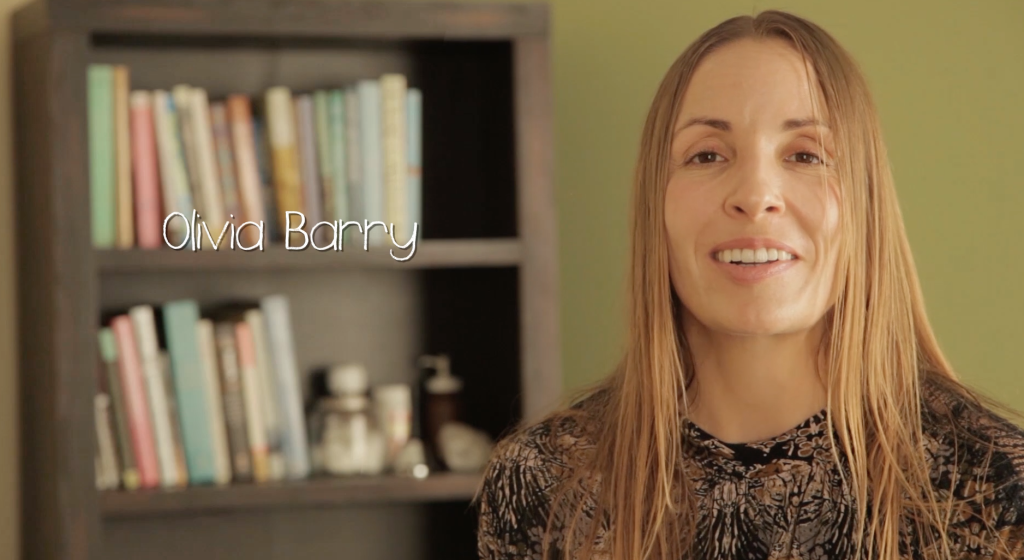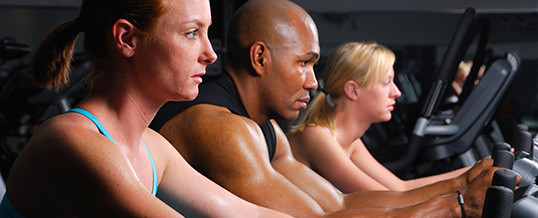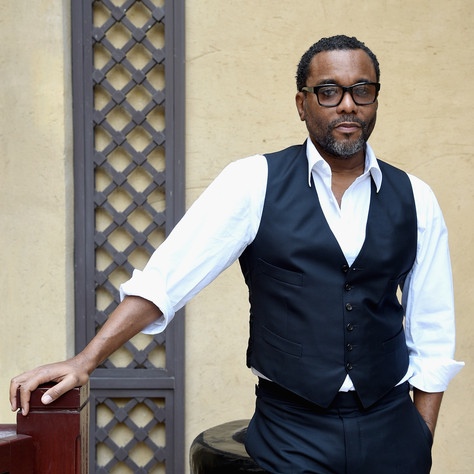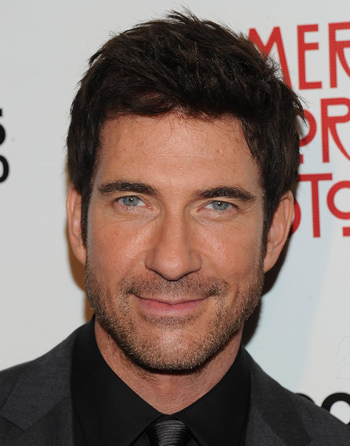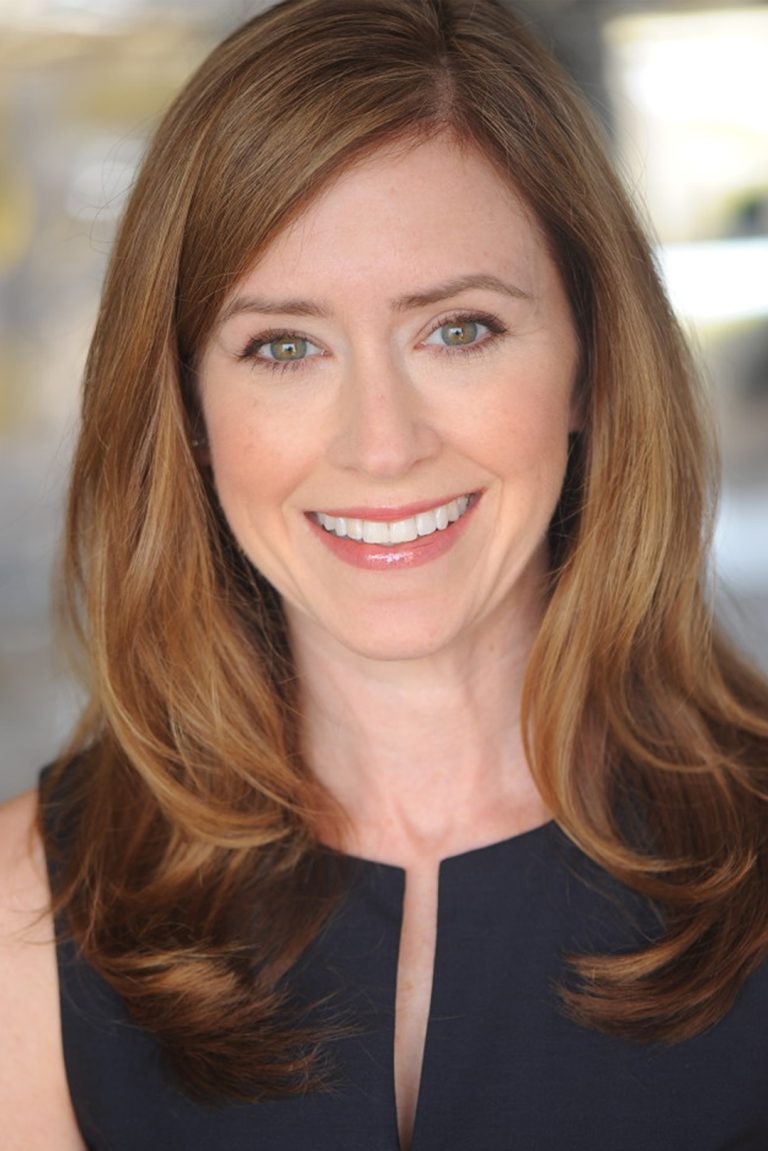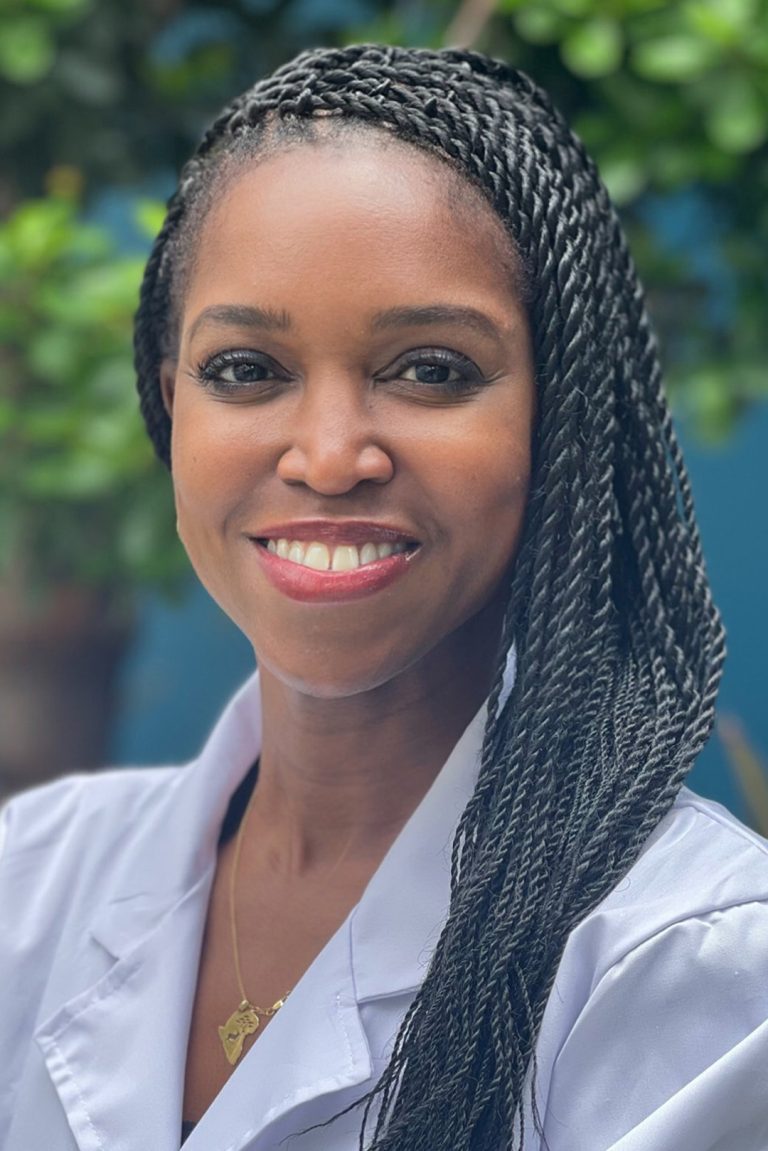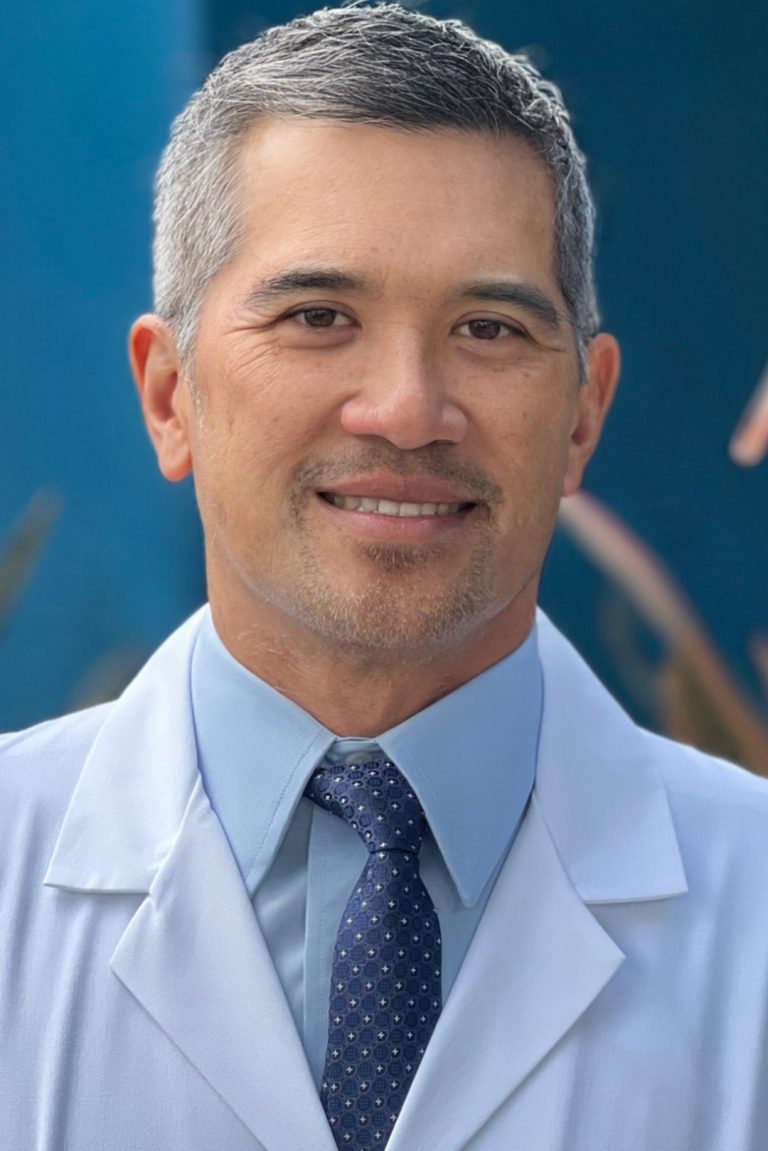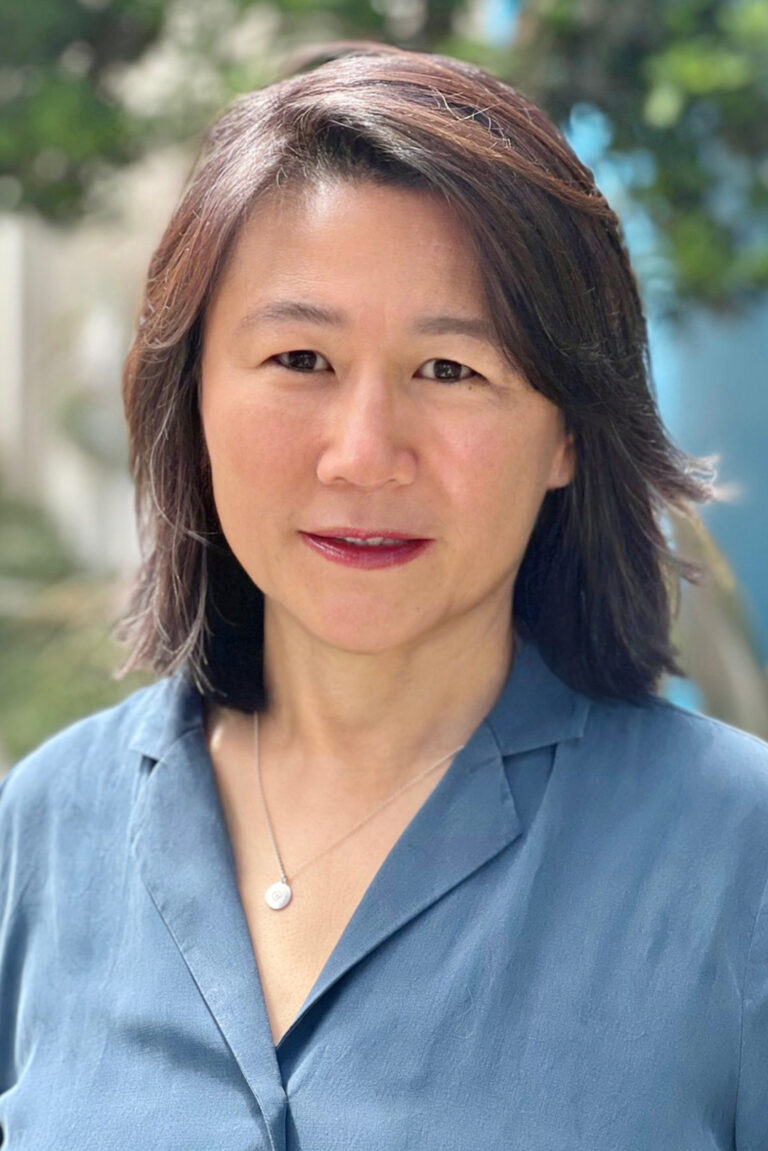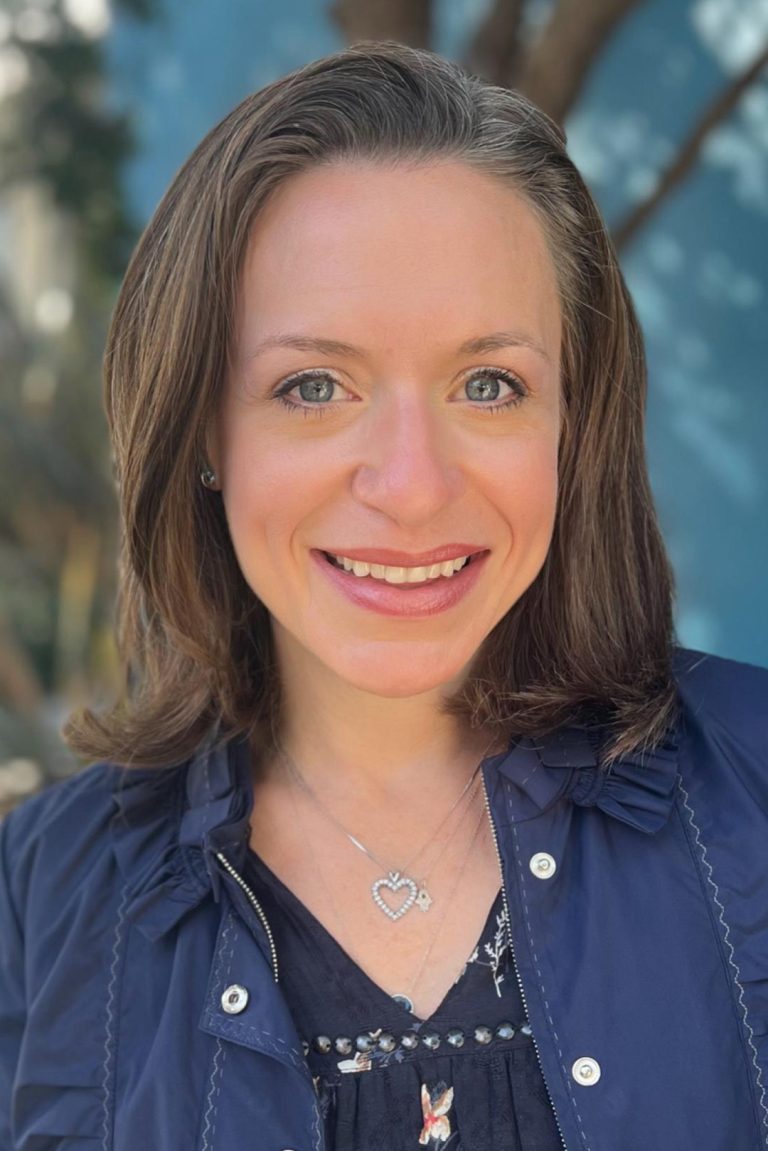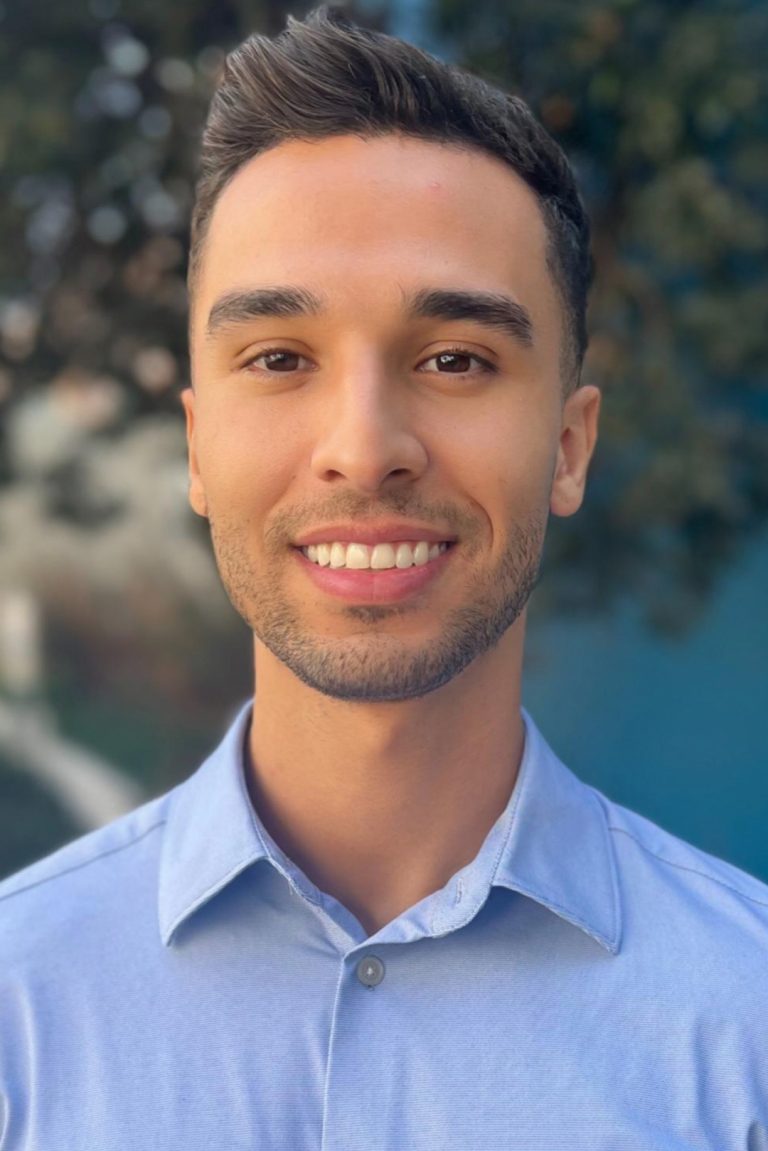By Olivia Barry, PT, C-IAYT, E-RYT500
“It’s all in your head.”
This comment has become an example of all the different ways medical providers can be dismissive of pain that is frighteningly real. It suggests that if pain’s root has anything to do with our emotional or psychic life, that it is less important and less treatable.
Yet more and more it’s becoming clear that physical discomfort is intimately connected to the mind and psyche. If a body part hurts, our mood shifts. Physical pain often can create a “secondary depression”, where our mood deteriorates as our pain level rises. We also know that the mind and psyche can contribute to physical pain. “Heartache” is one example of this.
There are a variety of reasons for physical pain. Auto-immune disorders can have deleterious effects on the joints. Some prescription drugs have side effects of muscle weakness or neurological symptoms. Scar tissue after abdominal surgery can cause low back pain. Yet we forget that all of these conditions affect both body and mind and our treatments ideally take this into consideration.
Only very rarely as medical providers do we not see at least some cross over between physical pain and emotional processing. Even injuries that originate in faulty movement patterns are often precipitated or concurrent with a traumatic incident like a car accident or a fall. Memories — whether favorable to unfavorable — are stored in the soft tissue of the body, and emotional processing of traumatic events often presents as physical pain. The discomfort can be used as inspiration for the opportunity to explore and cleanse.
Sometimes chronic pain itself becomes a trigger as on-going physical pain brings with it hopelessness, fear, and anxiety. These emotions can beget more physical symptoms, such as headaches or gastro-intestinal issues. As we learn ways to heal or manage our injuries, it can be helpful to have some tools for other symptoms too.
Olivia Barry, PT
Yoga as a holistic treatment is very effective at both re-aligning the body in a healthy way and providing the nervous system with a means to balance and recalibrate as we process life’s events. Yoga can simultaneously address both the musculoskeletal causes of pain and the emotional impact of pain. Our approach to healing can embrace both.
The first step in physical recovery is to minimize the inflammatory response; in essence, “if it hurts, don’t do it.” Often rest and ice are helpful during this period. As we begin to heal and move again, we have the opportunity to develop a new movement pattern that may both heal previous pain and ward off future occurrences.
The physical body has patterns and vulnerabilities that reflect gravity and our more sedentary modern day lifestyle. Postural tendencies play a role in the manifestation of discomfort, and almost always, refining our postural and movement patterns is a big part of healing. Physical therapy, especially when combined with yoga therapy, can do wonders in this department. It’s not always a quick fix, but it is sustainable and non-invasive.
As we address these fundamentals however, we cannot forget the power of our emotional life to influence our healing. Psychology and acupuncture can be important adjunct treatments to physical therapy to heal physical ailments. Make an appointment to learn yoga poses that can help you with your neck pain and your abdominal issues, but learn also to practice breathing exercises that can quell anxiety or increase your energy levels. I will take a look at your challenged area from a variety of perspectives to help you heal.
—
Olivia Barry is Akasha Center’s Physical Therapist and Yoga Instructor, you can make an appointment by emailing info@enr.hgu.mybluehost.me or calling 310-451-8880

